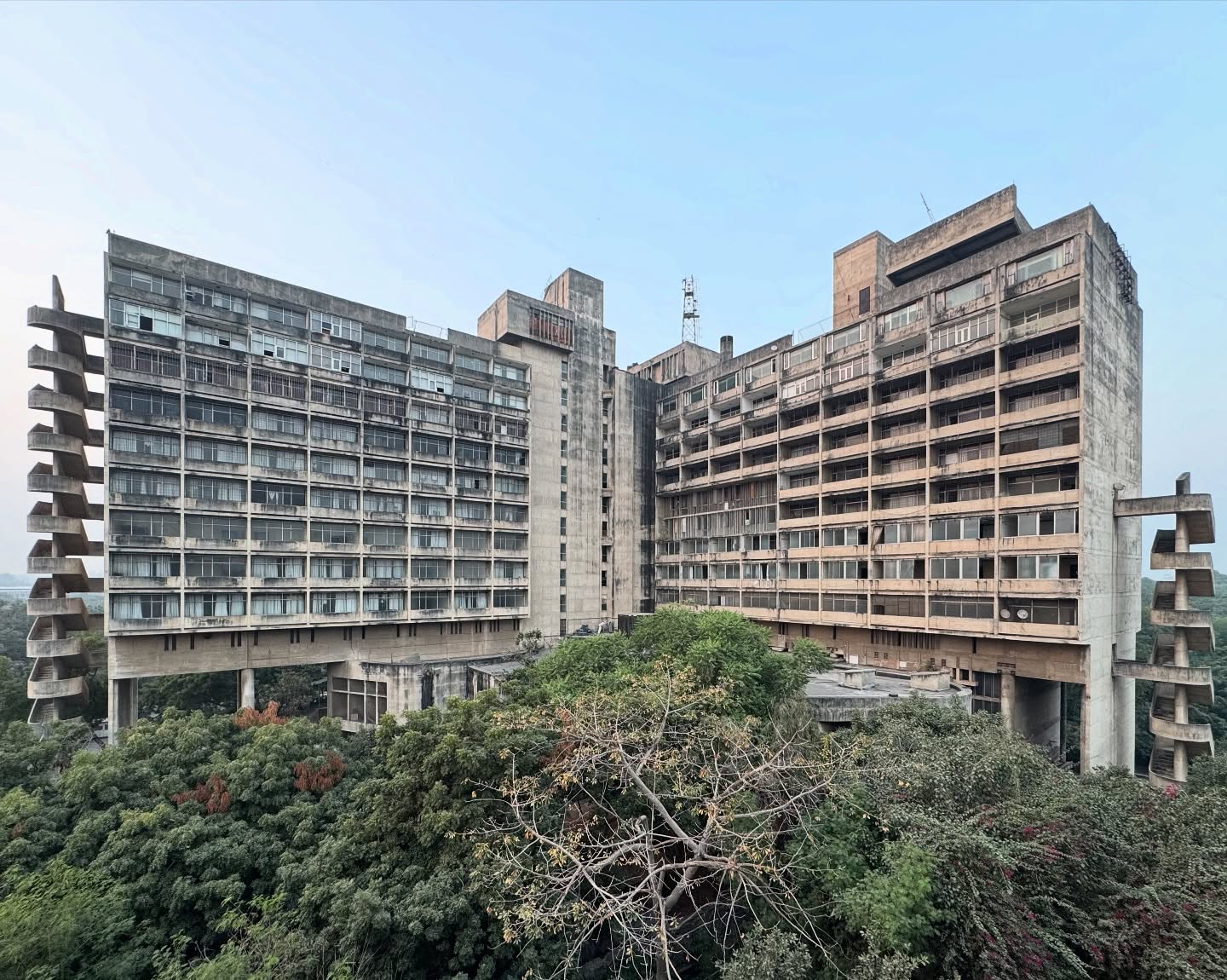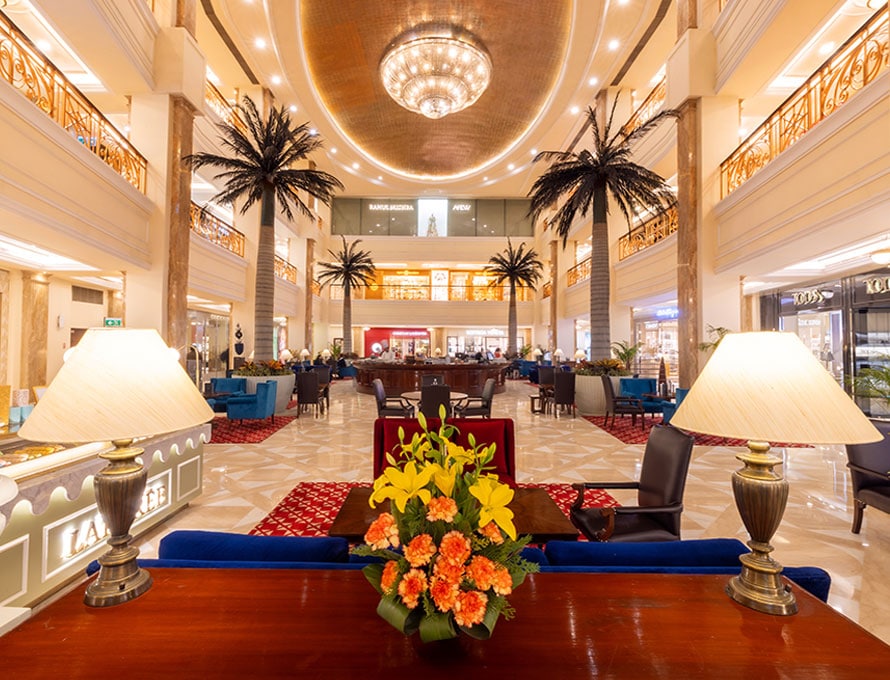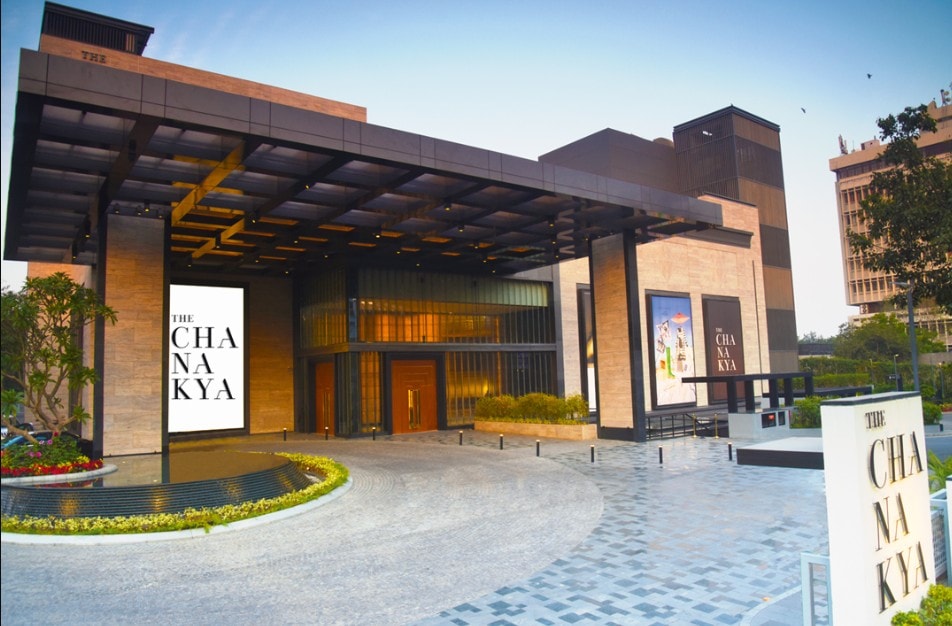
Delhi may be known for its political power corridors, historic monuments and unending appetite for soft-serve at India Gate, but beneath the familiar chaos and poor AQI lies a truth: the city is India's luxury capital. Yes. Not Mumbai, Not Bengaluru, but the capital, Delhi.
Its ascent as the luxury capital was the product of a calculated urban plan in the 1950s, when a 6-square-kilometre patch of land in South Delhi was earmarked for diplomacy. Yet, that bureaucratic decision, rooted in post-Independence nation-building and international protocol, ended up shaping the epicentre of India's luxury economy decades later.
Delhi's Luxury Consumption
The National Capital, today, is one of the leaders for the country in luxury consumption, home to flagship stores, private preview lounges, and malls where jewellery consultations outnumber window shoppers.
Brands like Hermes, Chanel and Rolex did not simply come because India was getting wealthier, and the middle class has started spending on luxury items, they came because one enclave, Chanakyapuri, created a geography of power, privacy and exclusivity that no other Indian city could replicate. In other words, Delhi's luxury story was written by diplomats long before any other city arrived on the map.
How Diplomacy Created Delhi's Rarest Real Estate
In the early 1950s, as India began establishing itself on the world stage, the Central Public Works Department developed Chanakyapuri as an extension to Lutyens' Delhi. Rather than serving commercial or middle-class housing needs, this new district was planned exclusively for embassies, high commissions and official residences. Chanakyapuri was the first major extension of New Delhi beyond Lutyens' Delhi.
Named after Chanakya, the ancient Indian diplomat, philosopher, politician, military strategist and advisor to Maurya Emperor Chandragupta Maurya, Chanakyapuri was known for its wide boulevards, dramatic green buffers and secure zoning rules that kept out commercial sprawl.
It was an address designed for protocol, discretion and global representation.
The United Kingdom and the United States were among the first to select plots for their respective missions, setting the tone for the neighbourhood's stature. Avenues like Shanti Path were deliberately built broad and ceremonial, designed more for motorcades than for everyday traffic. This planning was not just aesthetic; it was symbolic. The area's physical design communicated power and dignity, shielding diplomats from the bustle of a rapidly transforming capital city.
A key addition came in 1969 with Nehru Park, a vast green lung created not for recreation of the masses, but as an amenity for the diplomatic community. The combination of greenery, low-density villas and near-complete insulation from commercial life created an urban rarity, which made it an Indian neighbourhood where exclusivity was baked into the soil.
The Capital's Prestige
Chanakyapuri's real estate model was an unintentional luxury strategy at its finest. Because land allocations were fixed for official purposes, new commercial development could not creep in. This locked-in scarcity is the holy grail of luxury environments.
When wealth grows but land supply does not, premium rises exponentially. Over time, senior bureaucrats, business tycoons and diplomats all sought proximity to the enclave, even if they could not secure plots within it. Neighbouring zones like Vasant Vihar, Shanti Niketan and Anand Niketan flourished, benefitting from the halo effect.
Over time, the Chanakyapuri neighborhood saw the establishment of two markets, two colleges, and schools managed by diplomatic missions, including The British School and the American Embassy School.
Between 1965 and 1969, the Akbar Hotel was built by architect Shiv Nath Prasad for the India Tourism Development Corporation. The construction of Yashwant Place nearby provided additional options for shopping and dining.

Akbar Bhawan (originally Hotel Akbar) in New Delhi, designed by Shiv Nath Prasad. Photo: Instagram
In 1969, the Chanakya Cinema was introduced, showcasing Brutalist architecture; this cinema was later demolished, and the site was redeveloped into a shopping mall with a modern cinema in 2017.
Coming back to the point: with embassies came elite traffic; international delegations, expatriate families and global business visitors. A luxury ecosystem cannot thrive on domestic wealth alone; it thrives on people accustomed to global standards, familiar with luxury brands and willing to pay for privacy. Delhi had this footfall long before India's liberalisation.
When Retail Luxury Arrived
While Mumbai counted millionaires and Bengaluru built tech fortunes, Delhi quietly cultivated geopolitical capital. But luxury fashion did not arrive immediately. The turning point was 2008, when real-estate group DLF opened the mall Emporio in Vasant Kunj. At a time when India was just beginning to embrace premium consumption, Emporio broke the mould. It was not a mall; it was a controlled atmosphere where 24-carat chandeliers reflected off marble floors and private salons sat behind velvet ropes. Armani, Cartier, Dior, Fendi and others launched some of their earliest and largest India stores here.

DLF Emporio has over 100 brands, including more than 34 Indian designers and numerous international luxury labels. Photo: DLF
Emporio proved that Delhi's combination of diplomats, industrialists, political families and affluent defence officials could sustain flagship luxury boutiques, not just token showrooms.
The concept was simple: a curated, insulated luxury environment next to secure government enclaves, where sales associates served not footfall but exclusivity.

The Chanakya is home to globally celebrated luxury brands, including Hermes, Chanel, Rolex, Yves Saint Laurent, Tiffany & Co and more. Photo: Thechanakya.com
The next landmark arrived in 2017, when The Chanakya opened in Chanakyapuri itself. This was an even sharper surgical strike in luxury placement. With Hermes and one of India's very few Rolex boutiques anchoring the space, The Chanakya positioned itself as a minimal-footprint, maximum-prestige destination. The mall is home to discreet, quiet luxury brands like Brunello Cucinelli, the only boutique in Southeast Asia. This micro-mall did something rare: it normalised private luxury in Delhi's diplomatic backbone.
Why No Other City Could Replicate It
Luxury thrives where three forces converge:
- Scarcity of prime real estate
- Concentration of influence
- International exposure and footfall
Chanakyapuri offered all three. Its diplomatic origins attracted elite residents, which attracted premium developers, which in turn convinced brands to invest deeply. Once Emporio and The Chanakya took root, a gravitational pull formed. Global labels now viewed Delhi as a strategic first-stop in India, not merely a profitable one.
The Quiet Role Of Culture
There is also something behavioural at play. Delhi's elite social culture prizes hospitality, gifting and presentation. Weddings are opulent, family events are grand, and personal style is intertwined with social standing. Luxury spending here is not just about owning; it is about signalling belonging to a certain circle of power. Brands understand this nuance. Private previews, invite-only events and bespoke showcases take place in Delhi far more frequently than elsewhere.
Bottomline
Delhi's luxury dominance was not accidental urban growth, nor a simple reflection of wealth distribution. It was the product of a diplomatic blueprint. In the 1950s, planners built a neighbourhood to host the world's missions. They just did not realise they were also laying the foundation for India's future luxury capital.
Chanakyapuri's wide avenues, tight zoning, security layers and diplomatic footfall gave Delhi something no other Indian city had: a constant stream of global eyes, elite residents and visitors, and a real-estate environment where commercial access was restricted and prestige was protected. By the time Emporio arrived in 2008 and The Chanakya in 2018, the audience was already waiting.
Mumbai may count more billionaires and Bengaluru may boast the new rich, but Delhi, thanks to a few square kilometres imagined in the 1950s, continues to hold the throne for luxury consumption.
Track Latest News Live on NDTV.com and get news updates from India and around the world

